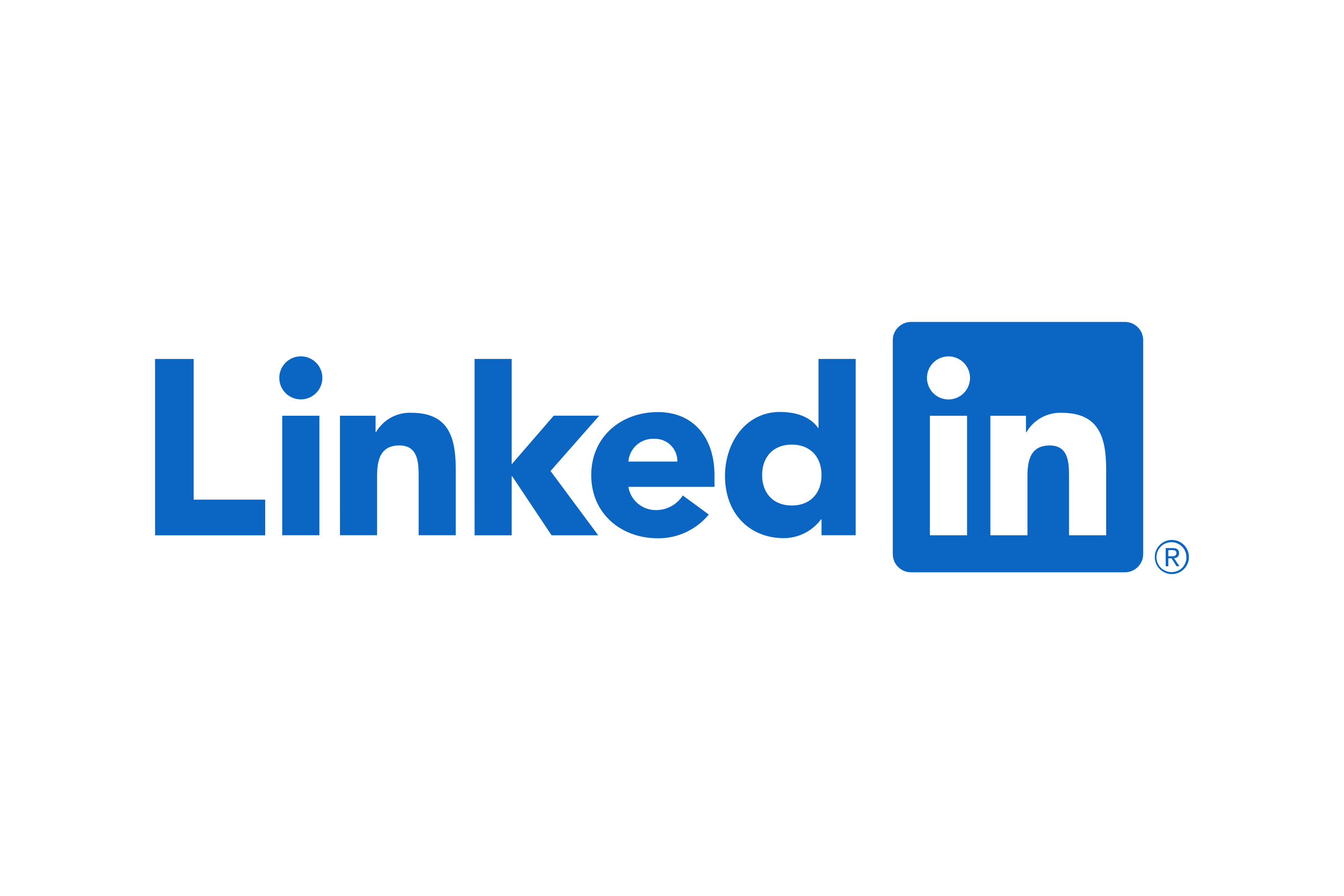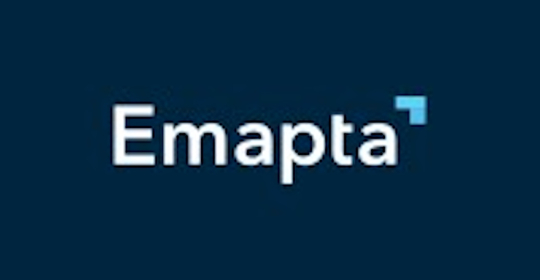- Technology, Information & Media, Professional Services and Financial Services industries see most intense activity globally
- UK ranked third globally, with a +7% increase in job seeker intensity so far in 2024 as September typically sees hiring spike (+44%)
- LinkedIn shares insights on the fastest growing jobs, industries and skills to help job seekers
- Also includes tips on how to manage job search safely and a new LinkedIn filter allowing members to see only the jobs that have verifications
New data from LinkedIn, the world’s largest professional network, reveals that as the work landscape changes rapidly, job search intensity is rising, with the US, UK and Singapore leading in job search intensity globally so far in 2024. The indicator is measured by the average number of applications made per applicant on LinkedIn, revealing more intense job seeking behaviours.
In the first half of 2024, the UK saw a +7% increase in job seeker intensity. The heightened job search activity comes at a key time for hiring in Europe, where LinkedIn data shows that September typically has a spike in hiring in the UK (+44%), as people return from summer holiday.1
The Technology, Information and Media sector is experiencing the highest levels of job seeking intensity, followed by Professional Services and Financial Services, all of which are industries that saw the labour market slow significantly as interest rates rose across the globe. Gen Y (Millennials) are driving the job seeking activity, followed by Gen Z, with Boomers currently ranking the lowest by Job Search Intensity.
Demand for new talent
Globally, job seekers are increasingly finding opportunities in the Technology, Information and Media sector. As professionals prepare for their next move, it is courses covering AI and cybersecurity which are the highest in demand globally. These cover learning around AI to mitigate risks, such as governance and risk management, as well as using AI for defensive and offensive security.
UK close up
In the UK, the fastest growing industries are Banking (+40%), Environmental Services (+38%) and Computer and Network Security (33%). The top skills which are being added to LinkedIn profiles are Multi-Tenant Management (+194%), Attention to Detail (+186%), and Food and Beverage Management (+166%) as members boost their profiles by showing their strengths. The fastest growing titles year-on-year are Member (+5%), Board Member (+5%), Volunteer (+4%). Notably, Interns feature in the list of fastest growing titles in the majority of countries featured, suggesting professionals are coming to LinkedIn earlier in their careers to boost their networks and develop new skills.
Remote working
Remote working jobs are falling, with the UK experiencing a decrease year-on-year to July from 8.60% to -10.97%.
Janine Chamberlin, UK Country Manager at LinkedIn, said: “Amidst a period of economic uncertainty, we are seeing people looking more intensely for new opportunities. The environment is challenging and competitive, and applicants are applying for more roles during this career crunch. While people may not know where to start, LinkedIn can help people develop the skills needed to adapt.
“As the intensity heats up, it’s important to stay vigilant against potential scams. LinkedIn has developed a number of tools to help members avoid threats, including job verification badges which mean there is verified information about the company or job poster, and message warnings which can help detect content which could impact security. These features can help people make informed decisions whilst navigating their job search.”
To support a safe job search, LinkedIn is introducing a new filter which allows members to search job posts by whether they have verification, meaning information about the company or job poster has been verified, to help people conduct a safe job search.
Janine Chamberlin, UK Country Manager, shares advice for job searching during the ‘Career Crunch’
- Let recruiters know you’re interested: Consider reaching out to the hiring manager before applying for a role to make an introduction or use LinkedIn’s Top Choice feature to signal to the recruiter that you have strong interest in a role they posted. You can also use the ‘Open to Work’ feature which allows you to discreetly or openly signal to recruiters and your network that you're open to new opportunities, specifying your preference for remote, hybrid, or on-site roles. LinkedIn data shows that turning on Open to Work increases your likelihood of getting a recruiter message by 2x and 36 million members globally have chosen to add the Open to Work public photo frame to their profile.
- Save time and make your job search more productive: Searching for a new job can be both time-consuming and stressful. However, LinkedIn's AI-powered insights make the process more personalised and efficient. You can now search for jobs using everyday language, such as “Find me remote marketing roles in XX [location],” enhance an existing CV with the help of AI to better showcase your experiences and skills, and use AI to help draft a tailored cover letter for a role. These features help you focus your energy on what matters e.g. preparing for your interview rather than sifting through endless job listings and taking a one size fits all approach in your application.
- Check for verified information on job postings: LinkedIn’s verification badge on job postings means there is verified information about the company or job poster. This includes if the poster is affiliated with an official company page, has verified their association with a particular workplace, or has verified their identity through one of our identity verification partners. It’s now possible to filter jobs to show only jobs with verifications.
- Take care with what you share: Consider what personal information you are being asked for, never give out bank details before the onboarding process and say no to suspicious requests like downloading encrypted software or jobs offering high pay for little work.
- Message warning: consider enabling LinkedIn’s optional automated detection of harmful content, which may detect potentially harmful content that could impact your security.
Read more in LinkedIn’s latest ‘State of the Labor Market’ newsletter here.
1 Based on the LinkedIn Hiring Rate: the percentage of LinkedIn members who added a new employer to their profile in the same month the new job began, divided by the total number of LinkedIn members in the US. This number is indexed March each year; for example, an index of 1.05 indicates hiring is 5% higher than March that year.
2 Based on LinkedIn Remote Work Trends (share of jobs which are remote). July 2024, YoY changes.





